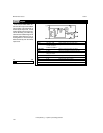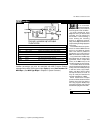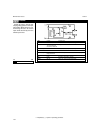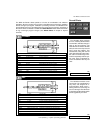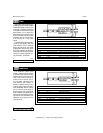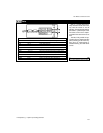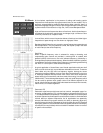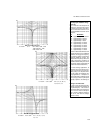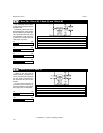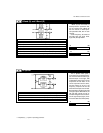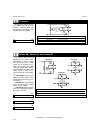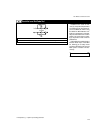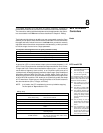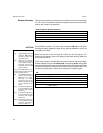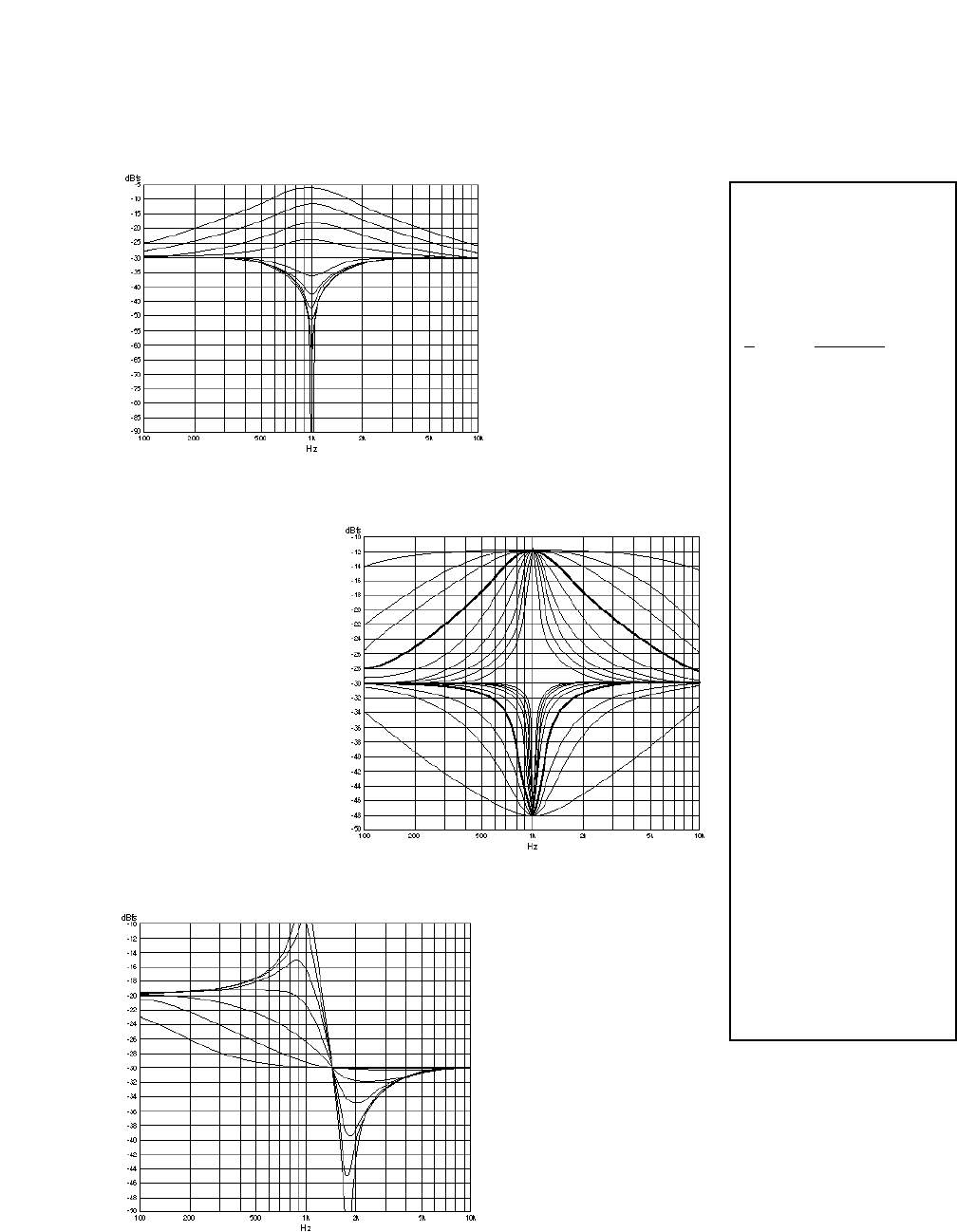
7-39
The Effects and Parameters
MPX G2 Parametric EQ: Q
Fc=1000Hz Gain=±18dB Q=0.1, 0.3, 0.5, 1.0, 2.0,
4.0, 6.0, 8.0, 10.0
MPX G2 Parametric EQ: Gain
Fc=1000Hz Q=1.0 Gain=+24dB, +18dB, +12dB,
+6dB, 0dB, -6dB, -18dB,
-24dB, -36dB, -72dB
MPX G2 Parametric EQ: Shelf
Fc=1000Hz Gain=+10dB Q=0.1, 0.2, 0.5, 1.0, 2.0,
4.0, 10.0
EQ Tips (for tweakers only)
About “Q”
Q is a measure of the sharpness of
an EQ curve. The larger the Q value,
the sharper the curve. In some situa-
tions it is convenient to think of Q in
terms of bandwidth in octaves. Some
examples:
Q Bandwidth
0.1 approximately 6 1/2 octaves
0.4 approximately 3 octaves
0.7 approximately 2 octaves
1.4 approximately 1 octave
2.9 approximately 1/2 octave
4.3 approximately 1/3 octave
5.8 approximately 1/4 octave
7.2 approximately 1/5 octave
8.7 approximately 1/6 octave
10.0 approximately 1/7 octave
There are mathematical limits to how
small the Q value can be in MPX G2
EQ effects. For any given frequency,
the Q must be greater or equal to the
frequency divided by 10,000. For
example if the frequency is 5kHz, the
actual Q value won’t go below 0.5.
(The MPX G2 will allow you to dial in
lower values, but the actual Q will not
go below the mathematical limit.)
For most shelving applications, Q
should be set very low (Around 0.2).
As you increase the Q, the filter be-
comes peaky, but a dip also devel-
ops just outside the passband. For
many applications, a bandpass or
band cut filter with a moderate Q and
a low (or high) center freq will prove
sonically superior to the shelving fil-
ter.
Making a Low Pass Filter
To make a two-pole low-pass filter,
start with a high shelf, and set Gain to
-72 (effectively off). This creates a
low pass filter with a corner frequency
at Fc. A Q of 0.7 makes a flat pass-
band. Higher Q settings produce a
peak at Fc, and lower Q settings
produce a droop.




